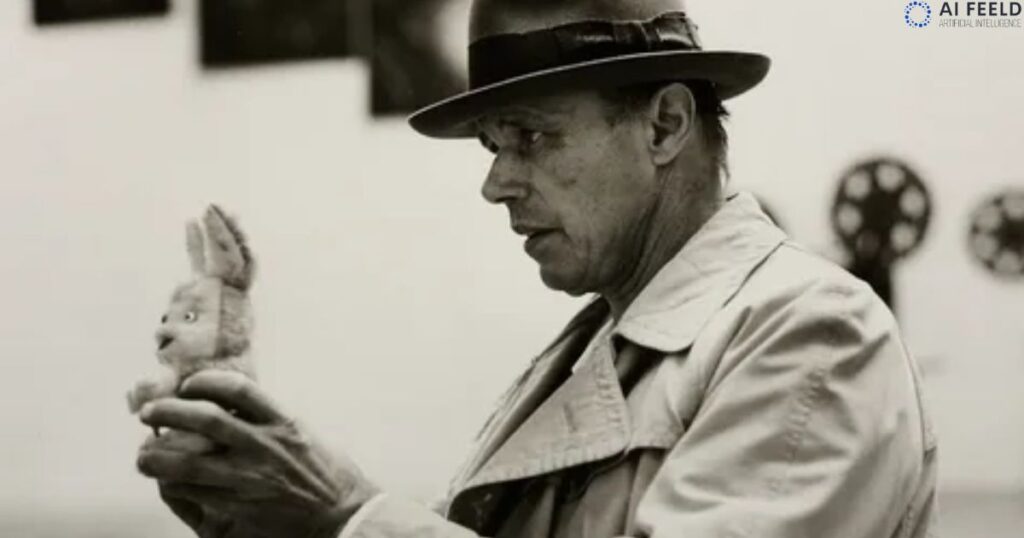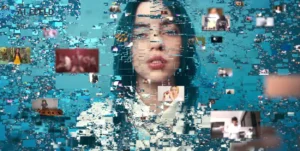AI Weiwei, a prominent figure in the art world, has been significantly influenced by various artists throughout his career. His unique artistic approach and activism have been shaped by the works and philosophies of several key influencers. Understanding these influences can provide valuable insights into the origins and development of Ai Weiwei’s artistry.
Have you ever wondered about the artistic minds that sculpted AI Weiwei’s groundbreaking style? Let’s delve into the artistic influences that have profoundly impacted the renowned artist.
Ai Weiwei, a renowned artist, drew inspiration from influential figures like Marcel Duchamp, known for challenging traditional concepts of art. He was also drew influence from Andy Warhol’s pop art, which celebrated everyday objects. Moreover, Joseph Beuys’ focus on social engagement shaped Ai Weiwei’s belief in art as a tool for societal change.
Marcel Duchamp: Pioneering Conceptual Art
Among the pioneers of conceptual art, Marcel Duchamp’s unorthodox approach profoundly impacted Ai Weiwei’s perception of art. Duchamp’s conceptual framework and his challenging of traditional art forms greatly influenced Weiwei’s unconventional and thought provoking creations.
Duchamp’s innovative approach, inspiring artists like Ai Weiwei and contributing to the exploration of hidden figures in art, went beyond the physical object. His enduring impact shapes modern art, imprinting a legacy in conceptual thought and artistic expression, resonating within society and culture.
Fountain and its Influence
Duchamp’s revolutionary piece, Fountain, an ordinary urinal submitted as art, laid the groundwork for Ai Weiwei’s inclination towards using ordinary objects to challenge the definition of art. Weiwei’s use of everyday items as art reflects Duchamp’s influence.
The Idea of Readymades
The concept of ‘readymades’ by Duchamp, where common objects are transformed into art, resonates deeply in Weiwei’s works. His use of quotidian materials, such as bicycles and chairs, mirrors Duchamp’s ideology of redefining the conventional understanding of art.
Andy Warhol: Pop Art and Activism
Andy Warhol’s influence on Ai Weiwei’s artistry is evident through the thematic similarities in their approach towards popular culture, mass media, and social and political commentary. Weiwei’s amalgamation of art and activism reflects Warhol’s legacy.
Beyond his art, Warhol was also an activist, advocating for social change and LGBTQ+ rights. He used his influence to bring attention to political issues, fostering a legacy of art as a medium for activism, leaving an indelible mark on the intersection of art and social change.
Sol LeWitt: Minimalism and Systemic Art
Sol LeWitt was a key figure in the realm of Minimalism and Systemic Art. His artistic vision revolved around the use of simple geometric forms, emphasizing precision and structure. LeWitt’s art focused on the concept of ideas guiding the creation process, often executed by other artists following his instructions, a departure from the traditional artist’s direct hand in crafting the artwork.
His work challenged the notion of the unique, singular artwork by prioritizing the idea behind it. LeWitt’s focus on systematic, logical methods laid the foundation for a fresh art perception, redefining creation and reception boundaries.
Joseph Beuys – Social Engagement and Art as Activism
Joseph Beuys, a prominent figure in the art world, was known for his profound belief in the power of art as a catalyst for social change. His social sculpture concept blurred art life lines, fostering collective creativity, showing everyone’s societal contribution potential. Beuys’ approach greatly influenced Ai Weiwei, inspiring him to use his art as a form of activism, advocating for human rights and challenging societal norms through his creations.
Beuys’ Concept of Social Sculpture

Joseph Beuys introduced the concept of Social Sculpture, defining art as a tool for societal transformation and engagement beyond traditional forms. This concept advocated that everyone can participate in shaping society, viewing creativity as a broader, collective endeavor. Beuys believed that art was not just confined to galleries; rather, it encompassed every aspect of life and could spark positive change in society.
How has ai weiwei’s role as an artist changed in the last twenty years?
In the last twenty years, Ai Weiwei’s role as an artist has evolved significantly. Initially known primarily for his art, he’s become a prominent voice in advocating for human rights and social justice through his creative endeavors. His art has transformed into a powerful tool for activism and societal change.
| Aspects | Changes |
| Artistic Approach | Evolved from traditional art forms to conceptual and activism based creations |
| Advocacy | Became a leading figure in advocating for human rights and social justice |
| Influence | Expanded influence beyond art circles to broader societal impact |
His evolution blends art, activism, advocacy, cementing him as a significant voice in contemporary art for societal change. Ai Weiwei’s impact transcended art; his activism, critique of oppressive governments led to his detainment and censorship.
He has become a symbol of defiance, inspiring others globally to stand up against injustice. He transitioned from an artist to a formidable advocate, reshaping the art activism interface, broadening his influential societal impact.
FAQs
How did Ai Weiwei’s time in New York influence his art?
Ai Weiwei’s New York stint broadened his art exposure, blending Western modern influences with his Chinese heritage, enriching his expression.
What role does Ai Weiwei’s activism play in his art?
Weiwei’s activism, deeply rooted in his art, serves as a means to address human rights, political dissent, and societal issues, using his creations as a powerful medium for social change.
How has Ai Weiwei influenced contemporary art?
Ai Weiwei’s fearless art and activism inspire contemporary artists, urging them to address urgent societal concerns in their work.
Conclusion
The key influences on Ai Weiwei’s art by notable artists like Marcel Duchamp, Andy Warhol, and Sol LeWitt have deeply shaped his creative journey. These inspirations helped Weiwei create art that challenges norms, merges activism with creativity, and reflects social concerns. Through the impact of these influential figures, Weiwei’s art continues to resonate, serving as a powerful voice for change and innovation in the art world.











